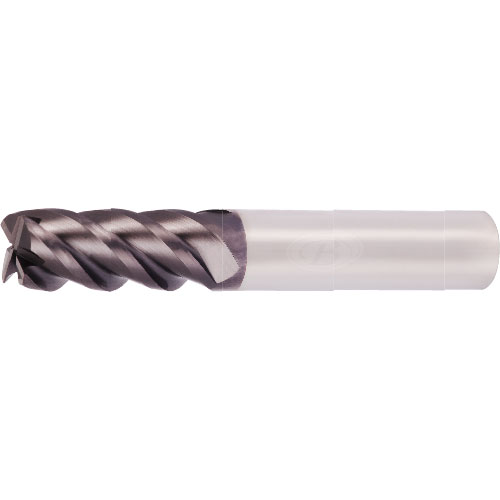Machining is always about speed, precision, and reliability but in today’s highly competitive world of manufacturing, efficiency is everything. Whether you’re producing automotive parts, aerospace components, or high-tech electronic components, the tools you choose directly affect your final results. The indexable drill high-speed drill, tungsten carbide inserts and threading tools make an impact.

Image credit: stwang-tw.com
It’s not just an update on the older tools. They represent a smarter way to reduce time to repair, decreasing overall costs and delivering superior results with less effort. We’ll explore the ways they can assist companies cut faster, drill more efficiently and finish quicker.
Indexable Drills: More Holes, Less Hassle
Up until recently, drilling big holes was costly and time-consuming. Solid drills wore out quickly needing sharpening, and frequently slow production lines. That’s why more machinists are switching to the indexable drill. When the drill becomes dull instead of having to replace the entire tool, simply change the cutting elements.
What makes indexable drills distinct is their effectiveness. They’re made for long runs, heavy-duty performance and simple maintenance. Reduce loss, keep your tool inventory low, and extend the life of your equipment with the use of replaceable inserts. SHANG TZANG WANG ENTERPRISE, CO., LTD offers disposable core-stays with consistent performance for large-diameter application. This upgrade is ideal for shops that do repeated drilling and machining of holes. They can cut down on time every week.
High Speed Drills: Made to Meet the Modern Needs
In a work setting where speed is essential high-speed drills enable you to finish your job quickly without sacrificing accuracy. These drills are great for materials that are tough and have quick cycles. From precision medical equipment to high-volume automotive parts These drills are utilized everywhere.
Modern high-speed drilling machines feature modern coatings and optimised flute designs that reduce the friction and buildup of heat, as well as extend the life of tools. This means less damage more tool maintenance, and more tools out the out the. Switching to a high-speed drill is a great solution for any machine shop owner who has had the experience of a damaged tool mid-cycle.
Tungsten Carbide End Mills: Reliable Performance Cut After Cut
In the realm of milling, tungsten carbide-based end mills are the kings of the workshop floor. The end mills’ hardness and heat resistance make them an ideal choice to cut through tough materials. These tools provide reliable results whether you’re finishing small corners or roughing out large areas.
Their flexibility is what makes end mills crafted from tungsten carbonide special. The various coatings, angles, and flute count are tailored to meet the requirements of a range of applications, from aluminum to titanium. For machinists who need both high-precision and long-lasting toughness, carbide-based end mills are the perfect balance between the removal of material as well as clean surface finishes.
Threading Inserts: Tiny Tools, Big Impact
It could appear that making threads is a minor part of the process, but in reality it’s a crucial one. A bad thread can ruin an otherwise excellent part. It is vital to have a high-quality insert. These tiny, interchangeable inserts are engineered to cut external or internal threads with extreme precision and repeatability.
Threading inserts, unlike conventional taps and dies that wear differently over time provide the same results. If one edge wears out simply index it to the next cutting edge and you don’t need to remove the tool or re-grind. This is a simple efficient, cost-effective, and simple method of doing this. Machinists value threading inserts not only because of their speed, but for their durability. You can be sure that your threads will be able fit right from the beginning. There’s no second attempts, no rework and no anxiety about parts being rejected.
The Bottom Line
Modern machining can’t afford to waste time. The most efficient shops of today are transforming to more efficient, more flexible tooling solutions. The cutting tools of today aren’t just better at accuracy, they streamline workflows, reduce changeovers, extend life, and increase usability. What’s the outcome? A decrease in time spent attempting to solve problems and more time focusing on delivering precision parts. In a world of more competitive margins and increased demand are commonplace tools that work more effectively give companies the competitive edge.
